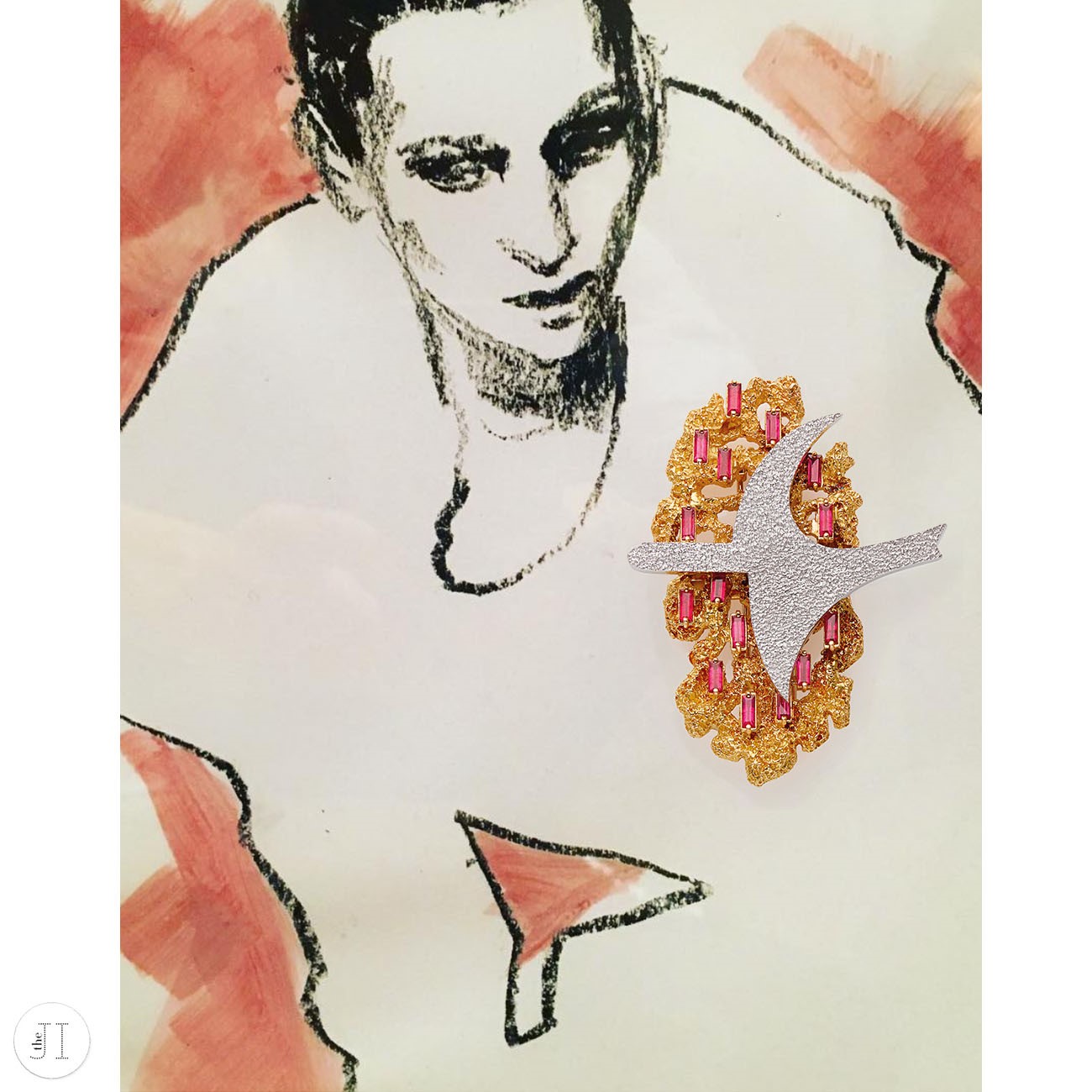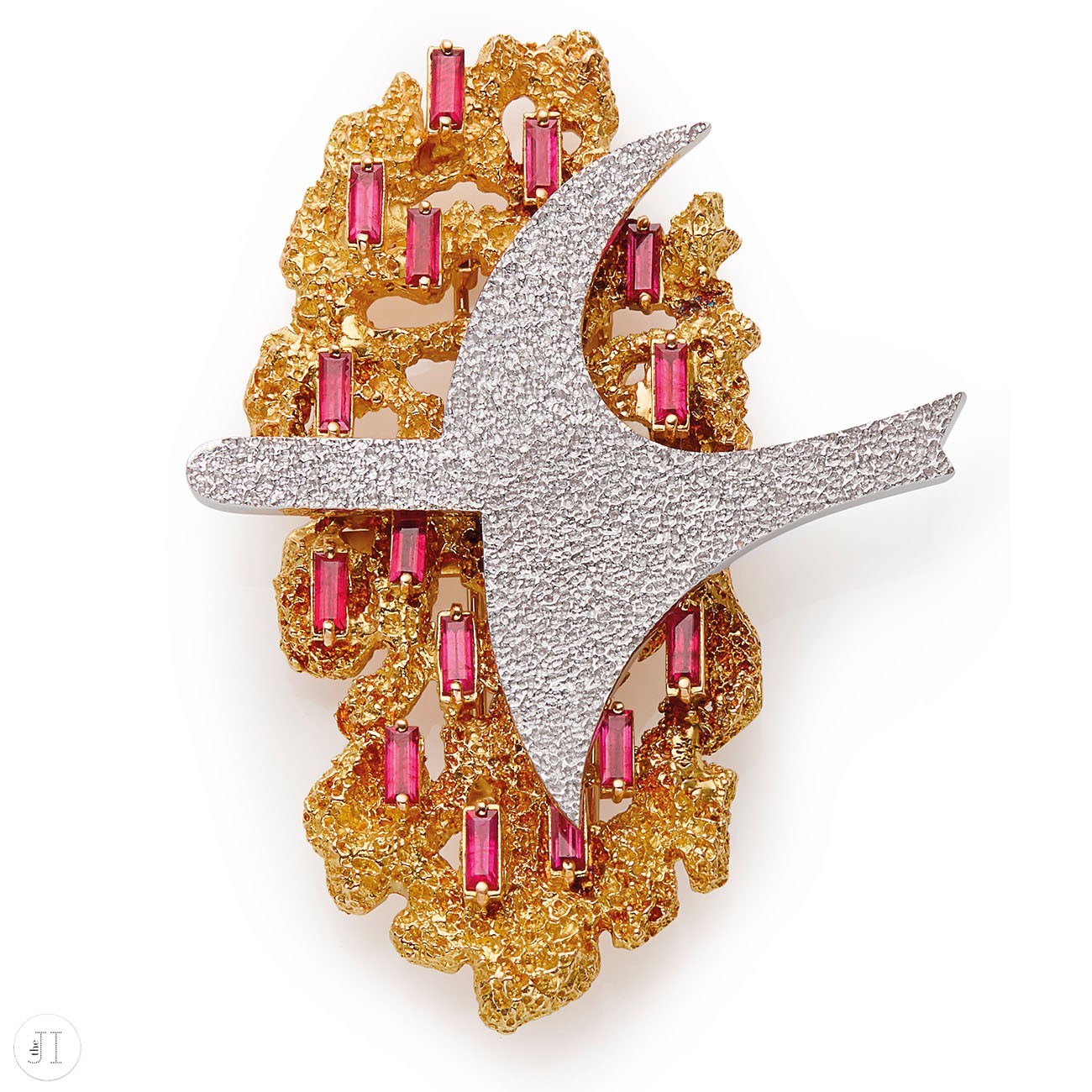THE TALE OF EOSPHOROS: A BROOCH BY GEORGES BRAQUE
Tame birds sing of freedom. Wild birds fly.
John Lennon
Once upon a time, in a place where the heavens met earth, there lived two celestial siblings, Eosphoros and Hesperos, gods of the morning and evening stars. Eosphoros, the Dawn Bringer, heralded the arrival of light in the morning, while Hesperos, the Evening Star, ushered in the twilight. People, in their wonder, saw the two brothers as two separate celestial bodies, marvelling at their distinct appearances in the grand tapestry of the sky.
In a parallel tale, many moons later, the mortal artist Georges Braque (1882–1963), a master of forms and shaper of perspectives, known for his pioneering spirit in the world of Cubist art, sought to capture the essence of space and time.
In his lifetime, Braque transformed his visions from the ethereal planes of Cubism, moving beyond the angular constraints to embrace the fluidity of still lives, colors, and textures.
Yet, as the tides of fate would have it, the Great War called, and Braque answered, leaving his easel behind for the battlefield. It was there that he encountered darkness: not of the canvas, but of the world, which left him temporarily blinded due to a severe head injury in battle at Carency, and in need of healing.
Upon return, his art evolved, reflecting a deeper, more personal connection with the world around him. He delved into the mysteries of still life, exploring the tactile space between artist and object. His later works, while still loyal to the Cubist method, bloomed with a freer, more colorful style, capturing the essence of life's serene moments.
The Himalayan legend says
From "In Flight" by Jennifer K. Sweeney
there are beautiful white birds
that live completely in flight.
They are born in the air,
must learn to fly before falling
and die also in their flying.
As his earthly and painter's journey neared its end, Braque turned his gaze to the art of jewelry. In collaboration with Baron Heger de Löwenfeld, a lapidary of great skill, they created a masterpiece, the 'Eosphoros' brooch (1963) – an exquisite jewel, fashioned from the finest gold, pink topazes, and diamonds, bearing a symbol of freedom – a bird breaking free from the confines of its frame, soaring into infinite space and time.
This brooch, along with 112 other magnificent Braque's jewels, was revealed to the world in a grand exhibition at the Musée de Louvre in March 1963, just five months before he died.
Thus goes the tale of Eosphoros and Georges Braque: intertwined across the ages, the eternal waltz of light, art, and the human spirit.
Wonderful painting by Jacqueline Ostermann.














